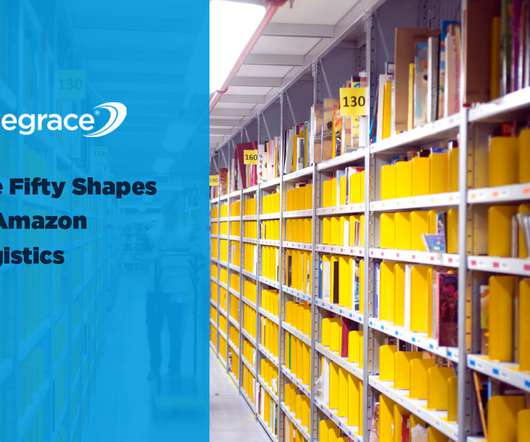4 Important Benefits of a Sustainable Reverse Logistics Strategy
GlobalTranz
AUGUST 24, 2015
However, one of the most important aspects of supply chain strategies is often overlooked: the reverse supply chain (also referred to as reverse logistics ). Basically, reverse logistics in the supply chain revolves around dealing with end-of-life, malfunctioning, or hardware upgrades. Reduced Risks to the Business.




























Let's personalize your content